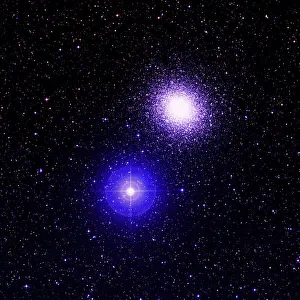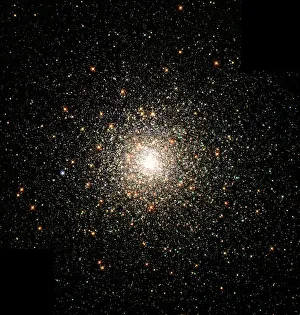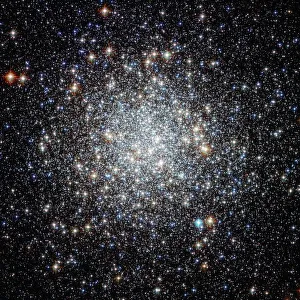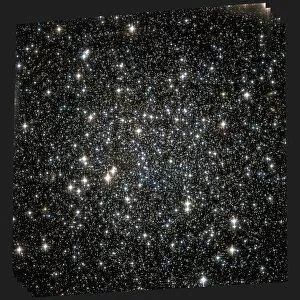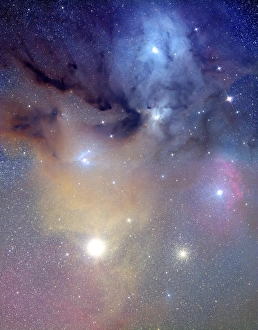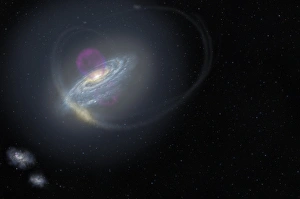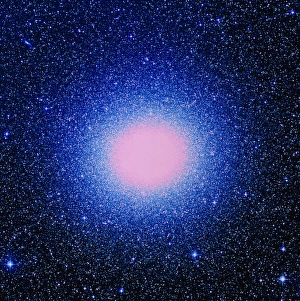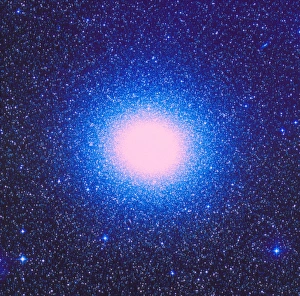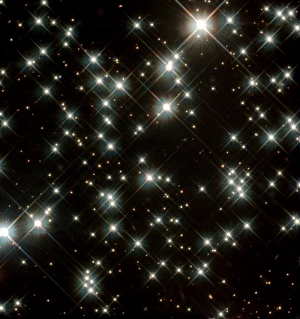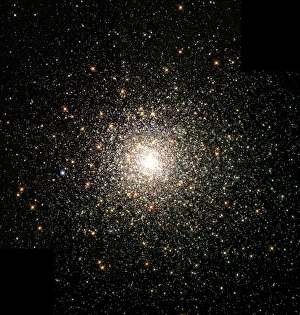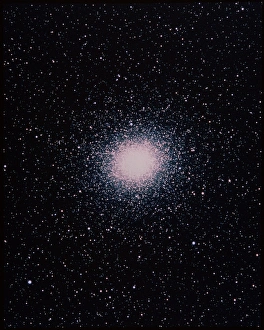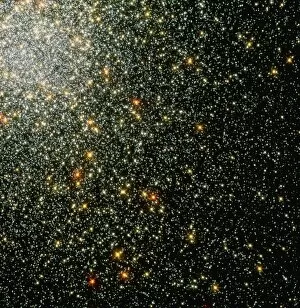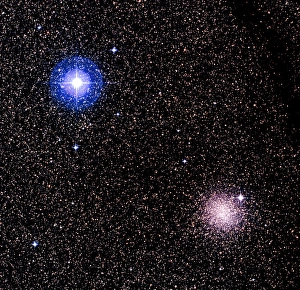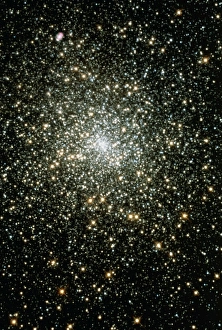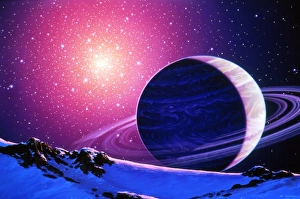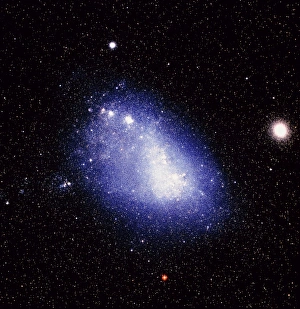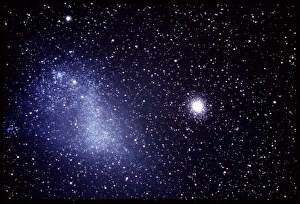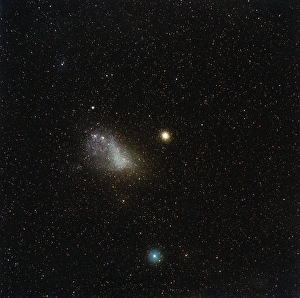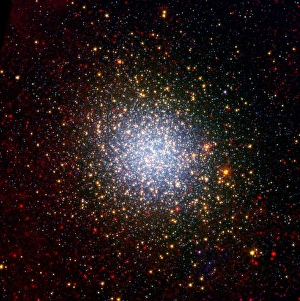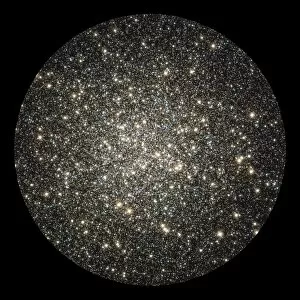Globular Cluster Collection
Globular clusters, such as the mesmerizing Globular Cluster M5, are truly a sight to behold
All Professionally Made to Order for Quick Shipping
Globular clusters, such as the mesmerizing Globular Cluster M5, are truly a sight to behold. These celestial wonders, often referred to as "A Swarm of Ancient Stars, " have captivated astronomers for centuries with their stunning beauty and intriguing nature. Take, for instance, the breathtaking HST image of the M9 globular cluster. This snapshot reveals a dense concentration of stars tightly bound together in an intricate dance across space. Similarly, the Globular Star Cluster NGC 6101 showcases its own unique charm within the Antares/Rho Ophiuchi region. Through remarkable artwork depicting these clusters from different perspectives - whether viewed from a distant planet or through our own Milky Way galaxy - we gain a deeper appreciation for their grandeur and complexity. The infrared image C014/5042 unveils the hidden secrets of Globular Star Cluster M55 nestled amidst the Centaurus and Crux constellations. Optical images like that of Omega Centauri provide us with detailed glimpses into individual stars within these clusters while reminding us of our place in this vast universe. As we gaze upon these captivating formations within the Crux constellation, it becomes evident that they hold valuable insights into stellar evolution and galactic dynamics. Moreover, studying globular clusters has allowed scientists to unravel mysteries surrounding dwarf galaxies orbiting our Milky Way. These enigmatic companions add another layer of intrigue to an already fascinating cosmic tapestry. Globular clusters offer us not only visual delights but also invaluable knowledge about star formation and galactic structures. Their allure continues to inspire astronomers worldwide as they strive to unlock further secrets hidden among these ancient stellar communities scattered throughout our vast universe.

